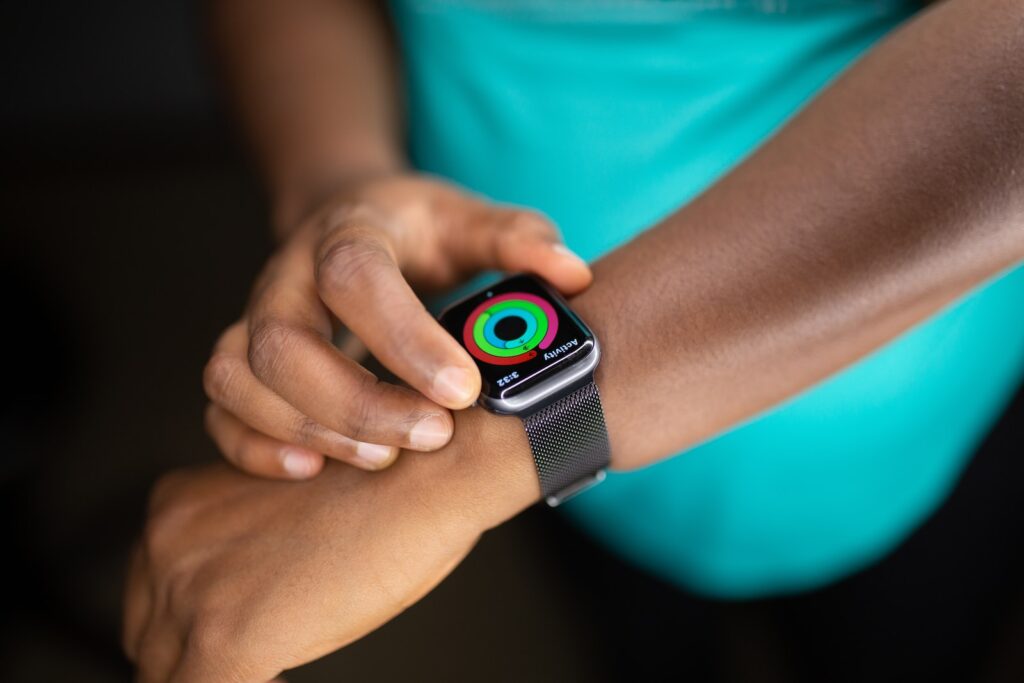Wearable technology has come a long way since its inception, evolving from simple pedometers to sophisticated devices that have the potential to transform how we monitor our health, stay fit, and even interact with the world around us. In this article, we’ll explore the exciting future of wearable technology, with a particular focus on its applications in health, fitness, and beyond.
Evolution of Wearable Technology
From Humble Beginnings to High-Tech Marvels
Wearable technology has a history that dates back decades. The first true wearables were basic pedometers and heart rate monitors used primarily by athletes and fitness enthusiasts. However, over the years, these humble devices have evolved into powerful, multifunctional gadgets that can do much more than just count steps.
In recent years, we’ve witnessed a surge in the popularity of smartwatches, fitness trackers, and other wearables. These devices have become an integral part of our daily lives, offering features like heart rate monitoring, sleep tracking, and even the ability to make calls and send messages.

Health and Fitness Applications
A Lifesaver on Your Wrist
One of the most significant impacts of wearable technology is its ability to revolutionize healthcare. Modern wearables are equipped with sensors that can monitor vital signs and collect health data in real time. This data can be invaluable in detecting health issues early, allowing for prompt medical intervention. For example, wearables can alert users to irregular heart rhythms, helping diagnose conditions like atrial fibrillation.
In the fitness realm, wearables have become essential tools for tracking workouts and performance. They provide users with data on their activity levels, calorie expenditure, and even offer personalized fitness recommendations. This has transformed the way people approach their fitness routines, making it easier to set and achieve fitness goals.
Promoting a Healthier Lifestyle
Wearables also play a crucial role in promoting a healthier lifestyle. They encourage physical activity by setting daily step goals and reminding users to get up and move. Additionally, wearables can monitor sleep patterns and stress levels, offering insights into areas where individuals can make improvements to their overall well-being.
Beyond Health and Fitness
Smartwatches: The Swiss Army Knives of Wearables
Smartwatches have emerged as versatile devices that extend far beyond health and fitness applications. They offer communication and connectivity features, allowing users to receive notifications, make calls, and check messages without needing to pull out their smartphones. This has made them indispensable tools for staying connected in a fast-paced world.
Augmented Reality and Mixed Reality
The future of wearables also includes augmented reality (AR) and mixed reality (MR) devices. These wearables have applications beyond the consumer market, finding use in education and training, as well as in industrial and commercial settings. AR glasses, for instance, can provide workers with real-time information and instructions, improving efficiency and safety.
Fashion Meets Technology
Wearable technology is not just about functionality; it’s also about fashion and style. Many companies are focusing on the aesthetics of wearables, offering customization options that allow users to express their individuality. This intersection of fashion and technology is reshaping the industry, making wearables more appealing to a broader audience.
The Future of Wearables
Sensing the Future
The future of wearables holds exciting developments in sensor technology. Miniaturization and increased accuracy of sensors will lead to more compact and efficient devices. Non-invasive health monitoring will become even more precise, enabling wearables to provide users with comprehensive health insights.
AI and Personalization
Artificial intelligence (AI) and machine learning will play a pivotal role in wearables’ future. These technologies will enable predictive health analytics, giving users early warnings about potential health issues. Wearables will become increasingly personalized, offering recommendations tailored to each user’s unique needs and goals.
Ethical Considerations
As wearables become more integrated into our lives, ethical and privacy considerations become paramount. Protecting user data and ensuring transparency in how that data is used will be essential. Regulatory frameworks will need to adapt to the evolving landscape of wearables, striking a balance between innovation and safeguarding user rights.
Challenges and Barriers
While the future of wearables is promising, several challenges and barriers must be overcome. Battery life and power consumption remain persistent issues, as users expect their devices to last longer between charges. The cost of advanced wearables and their accessibility to all socioeconomic groups also pose challenges. Moreover, encouraging users to adopt wearables and make meaningful behavior changes based on the data they provide is an ongoing hurdle.
Conclusion
The future of wearable technology is a bright and dynamic one. As these devices continue to evolve and integrate seamlessly into our lives, they have the potential to not only enhance our health and fitness but also transform the way we work, communicate, and express ourselves. However, as wearables become increasingly integrated into our daily routines, it’s vital that we address the ethical, privacy, and accessibility challenges that come with this technological revolution. The future of wearables holds great promise, but it’s up to us to ensure that this promise is realized in a responsible and inclusive manner.

